Diego “Quas” Ruiz, 23, plays video games professionally for Team Liquid, where he specializes in League of Legends — the world’s most popular competitive game.
He also spends a chunk of time promoting products like Red Bull, HTC, and Alienware.
Ruiz competes in the League Championship Series (LCS), the top professional league in North America, earning between $60,000 and $100,000 per year from his base salary, product sponsorships, and revenue from streaming on live-steaming video platform Twitch.
When Ruiz was trying out for pro teams two years ago, he thought he knew what to expect from the lifestyle. He knew about the 60+ hours a week he’d be working, and that he’d be living in a cramped apartment with five other players. He even knew he’d have hundreds of thousands of adoring fans.
There was one thing he didn’t expect, however.
“To be honest, I didn’t expect how much sponsorship work that I would have to do,” Ruiz told Business Insider.
Unlike traditional sports, pro gaming is “highly dependent” on a handful of sponsors, according to Team Liquid co-owner Steve Arhancet. Pro gaming teams can’t sell tickets to tournaments or earn money through broadcasting rights of their matches. In the case of League of Legends, those broadcasting rights go to Riot Games, which publishes and maintains the game.
Sponsorships pay many of the bills, funding everything from housing to salaries and gaming equipment.
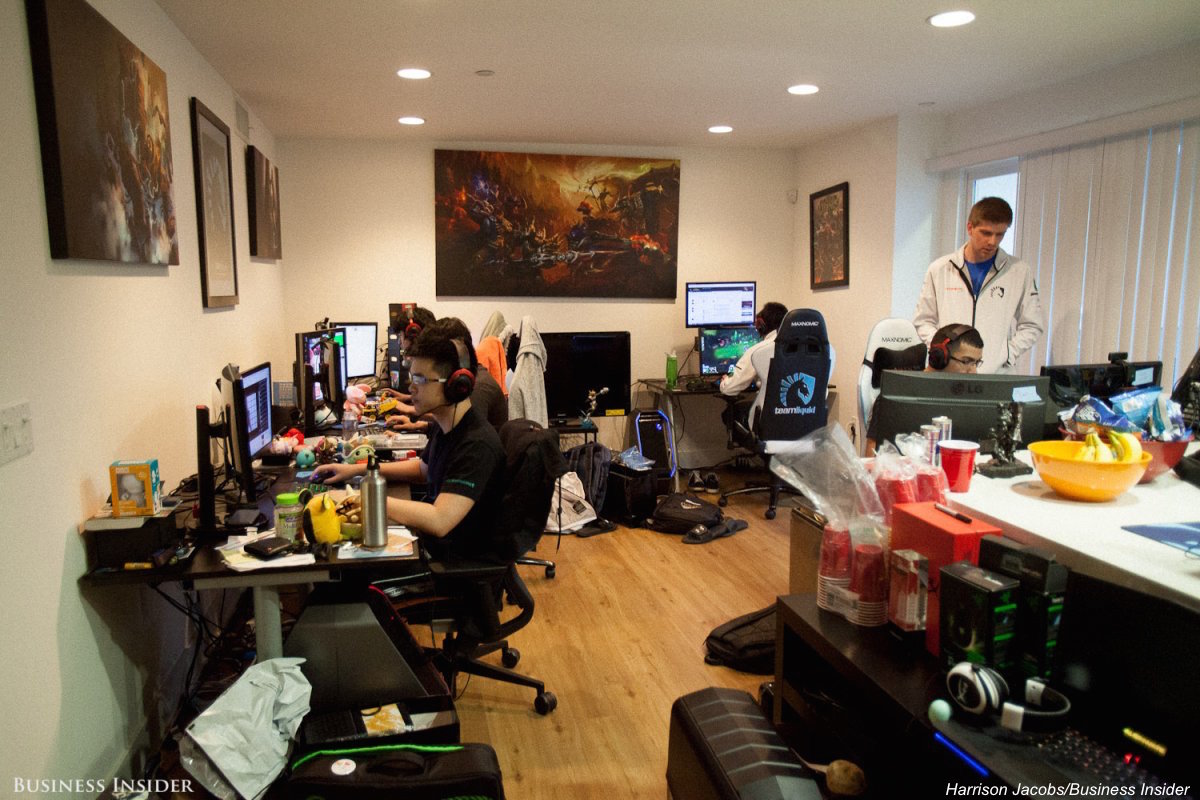
Sponsorship work adds up to 10 to 15 hours of extra work per week, according to Ruiz. That includes playing video games live on a brand’s Twitch channel, filming promotional videos, doing special events, or having lunch or dinner with a sponsor. That might not sound like a lot. But consider that most players already practice up to 12 hours per day, six or even seven days a week.
Ruiz isn’t against sponsor work per se, and he described some of the experiences as “amazing.” But it can have a detrimental impact on the team, he says.
“The sponsors pay for everything,” Ruiz said. “You have to do extra work and sometimes that cuts into your practice time and whatever else you want to do. It compromises your success … It’s something you have to get used to.”
One recent morning in March, for example, Ruiz and the team had to travel to Red Bull’s headquarters in nearby west Los Angeles to play video games live on Twitch for six hours early in the morning. The sponsorship gig left them too exhausted to practice afterward, which wasn’t good since they were struggling to make the playoffs at the time.
- Finding a winning formula
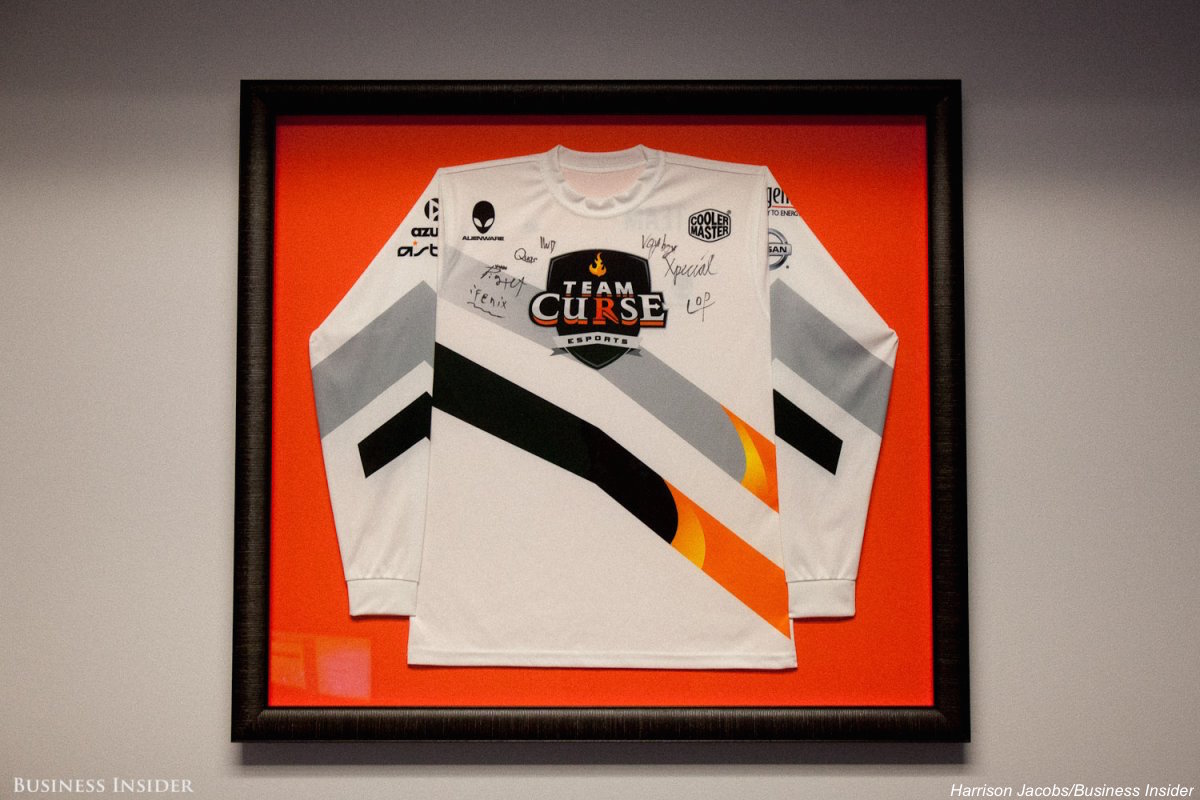
Despite these drawbacks, sponsorships are a necessary evil. Team Liquid wouldn’t be able to pay for the team’s Santa Monica apartment or the nearby office space where they train if it weren’t for their sponsorships.
“There’s a balance that you have to achieve between having enough money and providing the right resources for your players to stay competitive,” Team Liquid co-owner Steve Arhancet told Business Insider.
“That is funded by sponsors who support what we are doing. At the same time, winning drives sponsorships. You have to find this recipe for success,” he added. “I’ve been trying to figure out [the recipe] for the last five years and I haven’t gotten it right yet.”
Sponsorships haven’t always been this important. Just a few years ago, players took a “part-time” attitude to the pursuit because many went to school or had a day job. Recently, though, sponsorships have furnished gaming teams with the cash to make playing video games a bona fide profession.
- What sponsors get in return
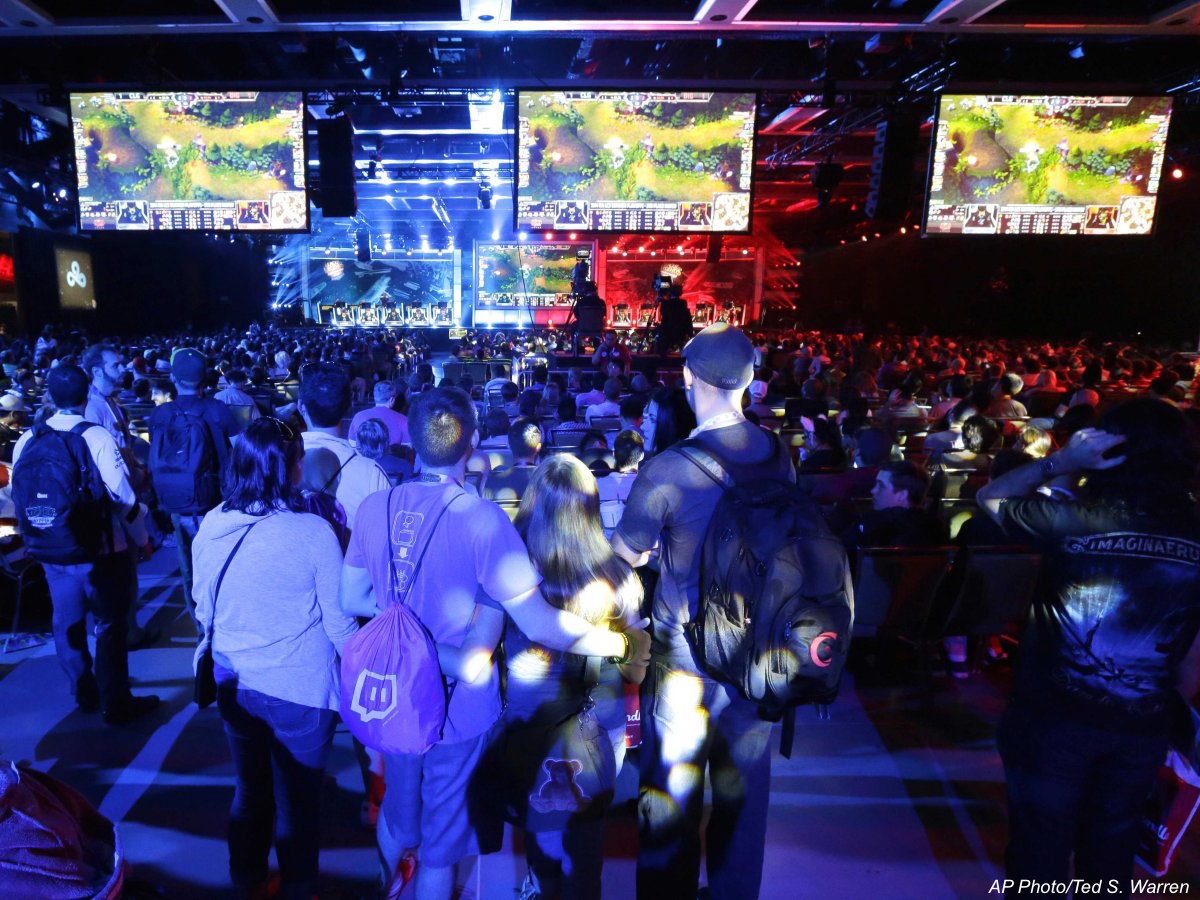
When pro-gaming was relatively niche, sponsors consisted of companies with deep roots in the gaming community, like gaming marketplace G2A. Now the industry is expanding, with last year’s League of Legends World Finals netting a total viewership of 32 million people.
That big audience — much of which consists of people in their 20s — has enticed big-name companies like HTC, Nissan, Coca Cola, and American Express to enter the pro-gaming space.
“Outside of sports on TV, which is the only thing people watch live any more, eSports is the best way to reach Millennials,” Russell Schwartz, the former president of theatrical marketing at Relativity EuropaCorp, told Fortune in 2014.
“It’s a live experience that people can interact with online,” he added. “It’s not that it’s a huge business yet, but it’s getting there. Television is so elusive these days, but with eSports we know it’s where male gamers 14 to 35 are watching.”
Team sponsorship doesn’t always look like traditional advertising. Team Liquid often produces videos along with their sponsors, including a “Team Liquid Reacts” series sponsored by Alienware, a tour of their house sponsored by HyperX, an unboxing video series sponsored by Lootcrate, and a documentary series on the team called Rebirth and sponsored by HTC.
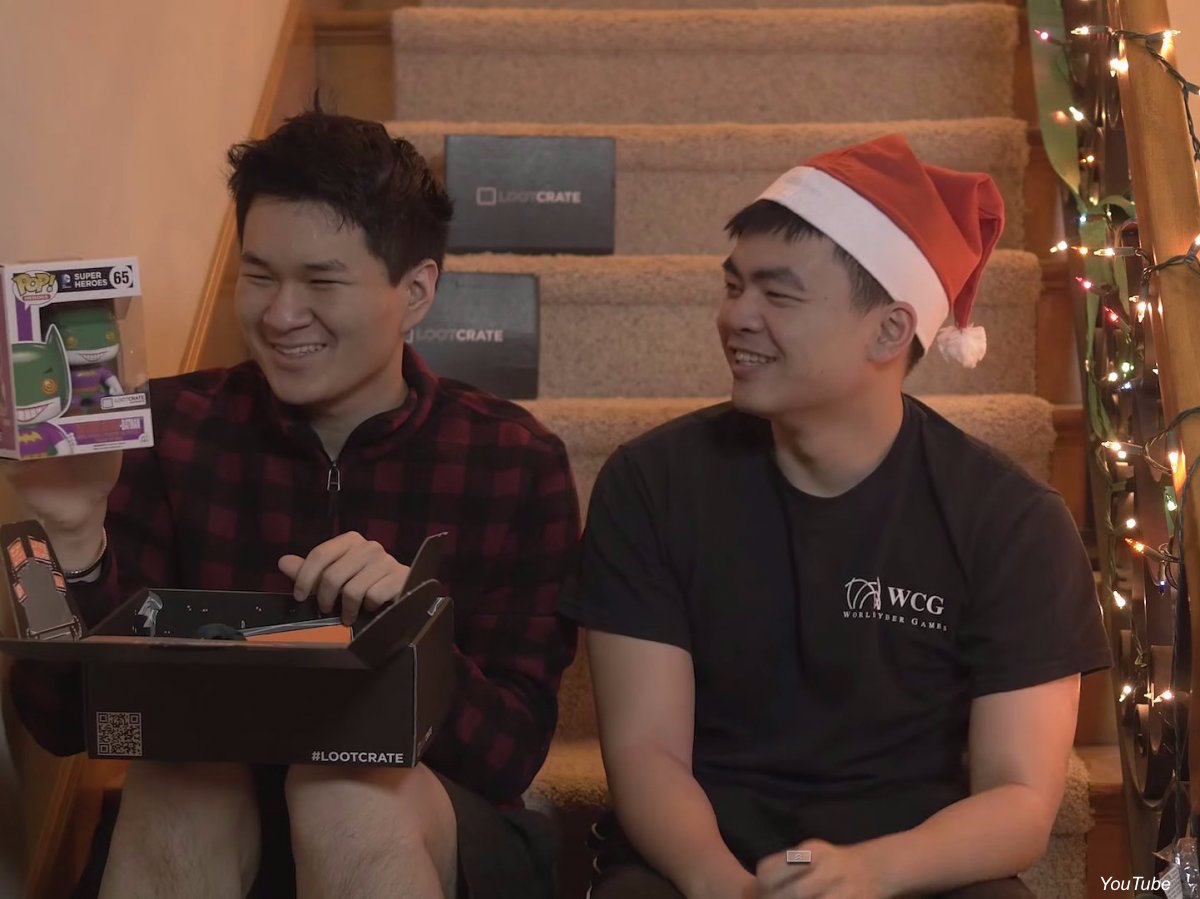
These videos feature “product placement”-style marketing, folding the names of products into the footage.
- The “Reacts” videos feature Team Liquid players watching League of Legends games on a prominently featured Alienware laptop.
- A December Lootcrate video shows players Alex “Xpecial” Chu and Kim “Fenix” JaeHoon opening Christmas presents from Lootcrate boxes.
- A recent episode of “Rebirth” saw Team Liquid players and Arhancet traveling up to San Francisco to try out HTC’s new RE Vive virtual reality headset.
- Team Liquid’s partnership with Red Bull features the team playing League of Legends live in the Red Bull studio and goofing off in front of hundreds of thousands of viewers online.
It can feel like cognitive dissonance at times. The players seem authentic in real life but that’s not always true in the videos.
“A lot of [what comes off as authentic or not] depends on the product or service being mentioned, how creative the campaign is, and how integrated it is into the space,” Arhancet explained. “It comes down to execution. Sometimes they are successful. Sometimes they are not.”

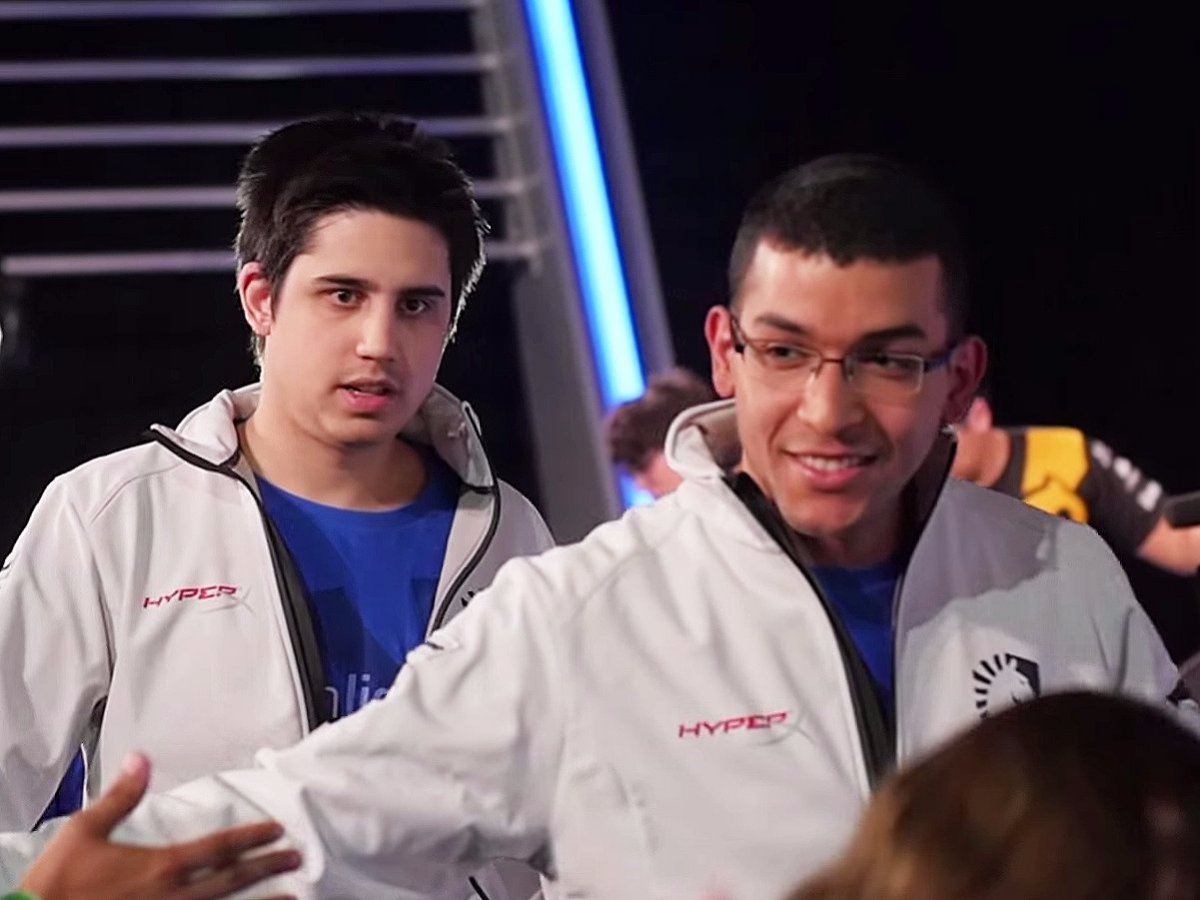

 ‘LEAGUE OF LEGENDS’ FINALS: Meet the kids facing off in the biggest sporting event of the month
‘LEAGUE OF LEGENDS’ FINALS: Meet the kids facing off in the biggest sporting event of the month Want to be a pro gamer? There’s a course for that, at Tokyo School of Anime【Video】
Want to be a pro gamer? There’s a course for that, at Tokyo School of Anime【Video】 Japanese-language voice for League of Legends’ Wukong revealed, sounds kinda familiar…
Japanese-language voice for League of Legends’ Wukong revealed, sounds kinda familiar… Japanese government awards its first-ever working visas to foreign professional gamers
Japanese government awards its first-ever working visas to foreign professional gamers Japan to open its first-ever esports gym in Tokyo, with options to pay for professional training
Japan to open its first-ever esports gym in Tokyo, with options to pay for professional training Starbucks Japan ready to get Year of the Horse started with adorable drinkware and plushies【Pics】
Starbucks Japan ready to get Year of the Horse started with adorable drinkware and plushies【Pics】 We found possibly the quietest Japanese-style hotel in Tokyo’s bustling Shinjuku district
We found possibly the quietest Japanese-style hotel in Tokyo’s bustling Shinjuku district New Japanese menstrual product seeks to help women spot unidentified iron deficiencies
New Japanese menstrual product seeks to help women spot unidentified iron deficiencies How to make a beautiful matcha cheesecake using a microwave, toaster oven, and hardly any effort
How to make a beautiful matcha cheesecake using a microwave, toaster oven, and hardly any effort 7 great places to see Mt. Fuji from without having to climb it
7 great places to see Mt. Fuji from without having to climb it Start saving room now – Japanese grocery store’s biggest sushi roll yet is coming for Setsubun
Start saving room now – Japanese grocery store’s biggest sushi roll yet is coming for Setsubun The 10 best day trips from downtown Tokyo【Survey】
The 10 best day trips from downtown Tokyo【Survey】 Kyoto samurai house wants to share its history of seppuku, torture and gold coins with visitors
Kyoto samurai house wants to share its history of seppuku, torture and gold coins with visitors 7-Eleven Japan’s ramen-cooking robot whipped us up a bowl of noodles【Taste test】
7-Eleven Japan’s ramen-cooking robot whipped us up a bowl of noodles【Taste test】 Japan’s oldest largetooth sawfish in captivity back on display in Mie Prefecture
Japan’s oldest largetooth sawfish in captivity back on display in Mie Prefecture Lacquerware supplier to emperor of Japan and Pokémon team up for new tableware
Lacquerware supplier to emperor of Japan and Pokémon team up for new tableware Japan may add Japanese language proficiency, lifestyle classes to permanent foreign resident requirements
Japan may add Japanese language proficiency, lifestyle classes to permanent foreign resident requirements Cyberpunk anime meets traditional culture in Ghost in the Shell gold leaf Japanese changing screens
Cyberpunk anime meets traditional culture in Ghost in the Shell gold leaf Japanese changing screens Disillusionment at Tsukiji’s tourist-target prices led us to a great ramen restaurant in Tokyo
Disillusionment at Tsukiji’s tourist-target prices led us to a great ramen restaurant in Tokyo Hello Kitty Choco Egg figures are an adorable trip through three periods of Japanese pop culture【Pics】
Hello Kitty Choco Egg figures are an adorable trip through three periods of Japanese pop culture【Pics】 Starbucks Japan releases new zodiac chilled cup drink for 2026
Starbucks Japan releases new zodiac chilled cup drink for 2026 Japan’s otoshidama tradition of giving kids money at New Year’s gets a social welfare upgrade
Japan’s otoshidama tradition of giving kids money at New Year’s gets a social welfare upgrade 7-Eleven Japan starts new temporary luggage storage service in over 300 branches
7-Eleven Japan starts new temporary luggage storage service in over 300 branches Starbucks teams up with 166-year-old Kyoto doll maker for Year of the Horse decorations【Photos】
Starbucks teams up with 166-year-old Kyoto doll maker for Year of the Horse decorations【Photos】 Tokyo considering law requiring more trash cans following litter increase in heavily touristed area
Tokyo considering law requiring more trash cans following litter increase in heavily touristed area Tokyo’s Tsukiji sushi neighborhood asks tour groups to stay away for the rest of the month
Tokyo’s Tsukiji sushi neighborhood asks tour groups to stay away for the rest of the month Nintendo’s Kirby now delivering orders at Kura Sushi restaurants, but not in Japan
Nintendo’s Kirby now delivering orders at Kura Sushi restaurants, but not in Japan Tokyo event lets you travel back in time, for free, to celebrate 100 years since Showa era start
Tokyo event lets you travel back in time, for free, to celebrate 100 years since Showa era start Sanrio theme park in Japan announces plans to expand into a Sanrio resort
Sanrio theme park in Japan announces plans to expand into a Sanrio resort Stamina-destroying “Paralysis Noodles” are Tokyo’s newest over-the-top ramen innovation
Stamina-destroying “Paralysis Noodles” are Tokyo’s newest over-the-top ramen innovation Survey asks foreign tourists what bothered them in Japan, more than half gave same answer
Survey asks foreign tourists what bothered them in Japan, more than half gave same answer Japan’s human washing machines will go on sale to general public, demos to be held in Tokyo
Japan’s human washing machines will go on sale to general public, demos to be held in Tokyo Japan’s deadliest food claims more victims, but why do people keep eating it for New Year’s?
Japan’s deadliest food claims more victims, but why do people keep eating it for New Year’s? We deeply regret going into this tunnel on our walk in the mountains of Japan
We deeply regret going into this tunnel on our walk in the mountains of Japan Studio Ghibli releases Kodama forest spirits from Princess Mononoke to light up your home
Studio Ghibli releases Kodama forest spirits from Princess Mononoke to light up your home Major Japanese hotel chain says reservations via overseas booking sites may not be valid
Major Japanese hotel chain says reservations via overseas booking sites may not be valid Put sesame oil in your coffee? Japanese maker says it’s the best way to start your day【Taste test】
Put sesame oil in your coffee? Japanese maker says it’s the best way to start your day【Taste test】 No more using real katana for tourism activities, Japan’s National Police Agency says
No more using real katana for tourism activities, Japan’s National Police Agency says Starbucks Japan reveals new sakura drinkware collection, inspired by evening cherry blossoms
Starbucks Japan reveals new sakura drinkware collection, inspired by evening cherry blossoms Updated cherry blossom forecast shows extra-long sakura season for Japan this year
Updated cherry blossom forecast shows extra-long sakura season for Japan this year New Legend of Zelda tabletop book heading to gamer book shelves
New Legend of Zelda tabletop book heading to gamer book shelves League of Pokémon? Fans aren’t too happy about new Pokémon MOBA game from China’s Tencent【Video】
League of Pokémon? Fans aren’t too happy about new Pokémon MOBA game from China’s Tencent【Video】 Japanese gamers dominate tournament, win back portion of money they’ve pumped into arcades
Japanese gamers dominate tournament, win back portion of money they’ve pumped into arcades Japan finally holds an eSports event for mobile app games: Champions of Fire Japan
Japan finally holds an eSports event for mobile app games: Champions of Fire Japan Japanese pro gamer kicked off e-sports team after saying short men shouldn’t have human rights
Japanese pro gamer kicked off e-sports team after saying short men shouldn’t have human rights Watch as Korean pro gamer recreates Japanese player’s legendary full parry in Street Fighter V
Watch as Korean pro gamer recreates Japanese player’s legendary full parry in Street Fighter V Superhuman forces collide when three of our writers take on a pro in an 11-pound curry eat-off!
Superhuman forces collide when three of our writers take on a pro in an 11-pound curry eat-off! Pikachu helmets are coming to Japanese pro baseball team’s uniforms【Photos】
Pikachu helmets are coming to Japanese pro baseball team’s uniforms【Photos】 We caught up with three big names at Niantic at the latest Pokémon GO live event in Las Vegas
We caught up with three big names at Niantic at the latest Pokémon GO live event in Las Vegas Nintendo and Lego team up for an awesomely accurate the Lego Game Boy kit【Photos】
Nintendo and Lego team up for an awesomely accurate the Lego Game Boy kit【Photos】 Second-hand video game fukubukuro lucky bags reveal nostalgic surprises
Second-hand video game fukubukuro lucky bags reveal nostalgic surprises Shut up and take my money: Awesome handmade Lego video game art on sale now
Shut up and take my money: Awesome handmade Lego video game art on sale now Gamers in Japan find way to see up Princess Peach’s skirt within hours of Smash Brothers release
Gamers in Japan find way to see up Princess Peach’s skirt within hours of Smash Brothers release ‘An experience unlike any other’ – Japanese gamers heap praise on The Last of Us
‘An experience unlike any other’ – Japanese gamers heap praise on The Last of Us Japanese baseball teen refuses walk after getting hit by pitch, follows up with home run【Video】
Japanese baseball teen refuses walk after getting hit by pitch, follows up with home run【Video】 Adult PreCure fans learn anime game for little girls can be emotionally devastating for grown-ups
Adult PreCure fans learn anime game for little girls can be emotionally devastating for grown-ups
Leave a Reply